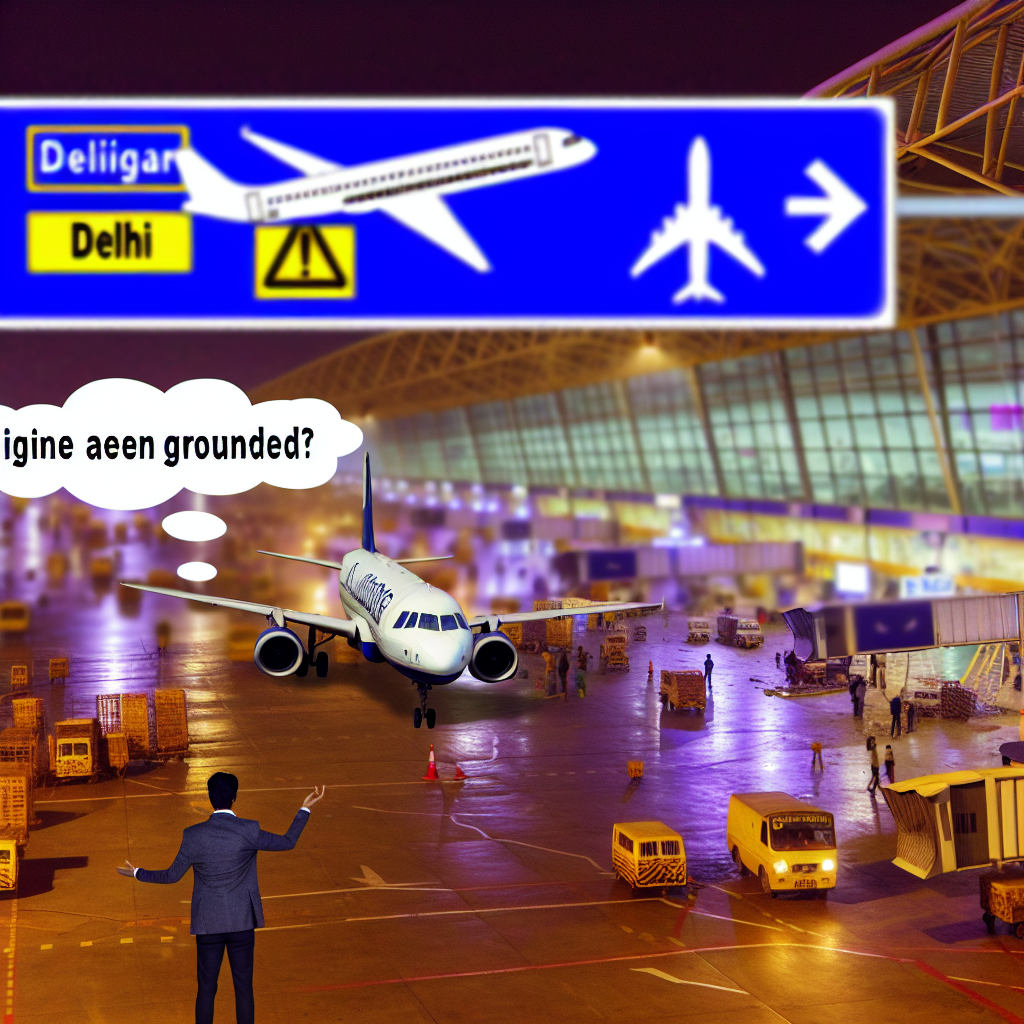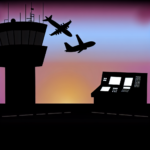NEW DELHI- India’s aviation regulator, the DGCA, has grounded two IndiGo Airlines (6E) pilots following a flight on Wednesday evening from Delhi (DEL) to Srinagar (SXR), which faced severe hailstorm conditions.
The investigation by the DGCA revealed that the Airbus A321neo experienced a rapid descent of 8,500 feet per minute, with several flight control systems failing during the storm.
IndiGo (6E) flight 6E-2142 departed from Delhi’s Indira Gandhi International Airport (DEL) at 4:55 PM on Wednesday, carrying 227 passengers.
The trouble began when the aircraft encountered severe turbulence and hail near Pathankot while cruising at an altitude of 36,000 feet.
Understanding the peril, the pilots requested deviation from northern control under the Indian Air Force towards the international border. Unfortunately, this request was denied due to restrictions imposed amid recent military tensions.
As the storm loomed closer, the crew reached out to Lahore air traffic control, seeking entry into Pakistani airspace to escape the hazardous conditions.
Pakistani controllers also denied this request, citing ongoing NOTAM restrictions that barred aircraft from either country from transiting through the other’s airspace, a measure taken after recent military operations.
Northern area control advised the IndiGo crew within the NOTAM framework and provided necessary contact frequencies for Lahore control to facilitate a weather diversion request. Ultimately, Lahore denied the request, leaving the aircraft with no feasible escape as the storm escalated.
System Failures
With limited options, the crew initially aimed to return but found themselves too close to the storm to make this maneuver safely. Instead, they made the bold decision to go directly into the storm, facing extremely dangerous conditions.
Simultaneous system alarms activated, including warnings for angle of attack issues and loss of alternate law protection, alongside unreliable speed scale alerts.
The autopilot system failed due to violent turbulence, forcing the pilots to take manual control as the aircraft encountered hazardous speed fluctuations.
At the height of the crisis, the aircraft dropped at an alarming rate of 8,500 feet per minute, over four times the normal descent rate, while the pilots received stall and overspeed warnings simultaneously.
Emergency Response
Throughout the hailstorm, the crew managed to maintain manual control, successfully navigating through the storm and regaining control of the aircraft. Upon completing necessary checklists, they declared PAN PAN to Srinagar air traffic control, indicating the serious nature of their situation and the need for assistance.
The aircraft safely landed with the auto thrust functioning normally; however, post-flight inspection revealed damage to the nose radome.
Investigation
Aviation Minister Ram Mohan Naidu acknowledged the severity of the incident, commending the crew’s calm handling of the emergency.
The DGCA confirmed that both pilots remain grounded pending the conclusion of the investigation. Aviation experts have lauded the crew’s response while questioning the decisions that led to this critical situation.
Meteorological expert Mahesh Palawat noted that northwest India experienced severe thunderstorms on that day, resulting in conditions capable of inducing significant turbulence and equipment malfunctions. The minister expressed relief that no casualties occurred and assured that thorough investigations will be conducted.
Stay connected with us for further updates. Follow us on social media for the latest news.
Join us on Telegram Group for the latest aviation updates. Additionally, follow us on Google News.

Based on an article from aviationa2z.com: https://aviationa2z.com/index.php/2025/05/24/dgca-grounds-indigo-pilots-after-turbulence-incident/?utm_source=rss&utm_medium=rss&utm_campaign=dgca-grounds-indigo-pilots-after-turbulence-incident



